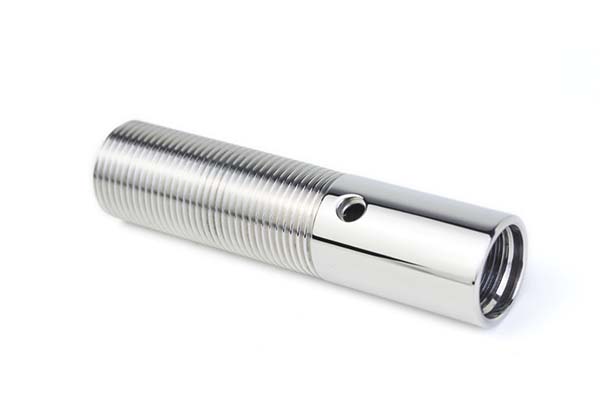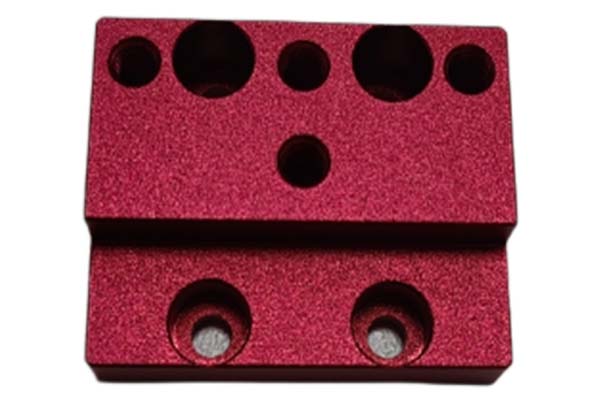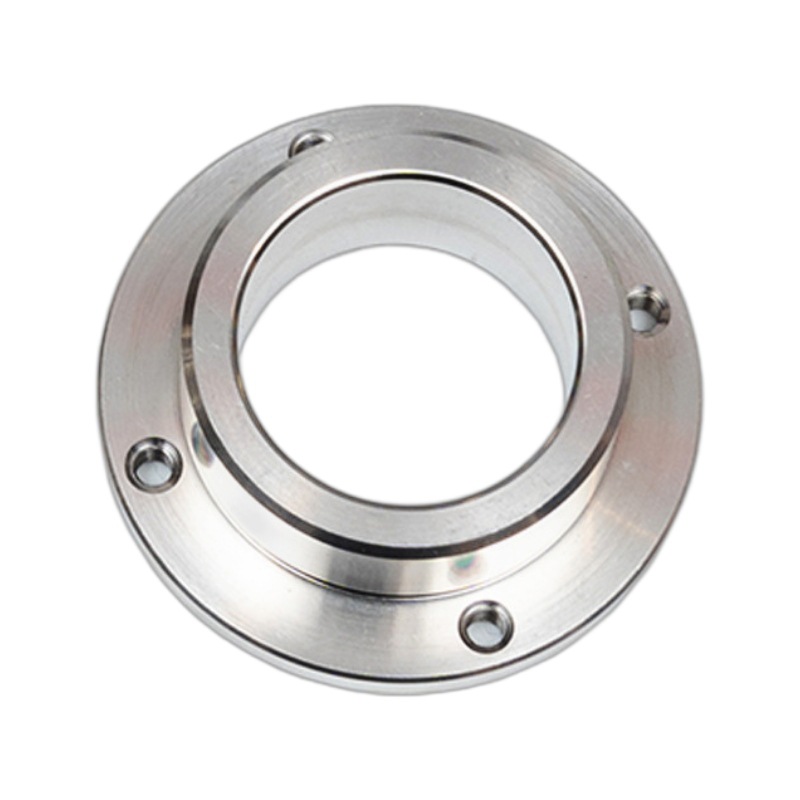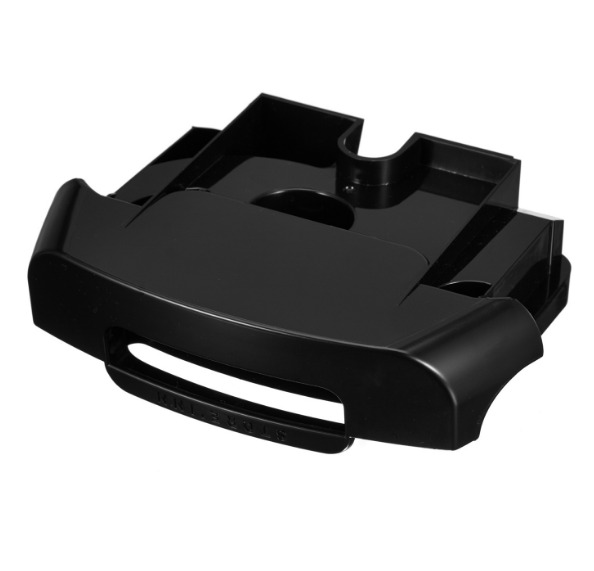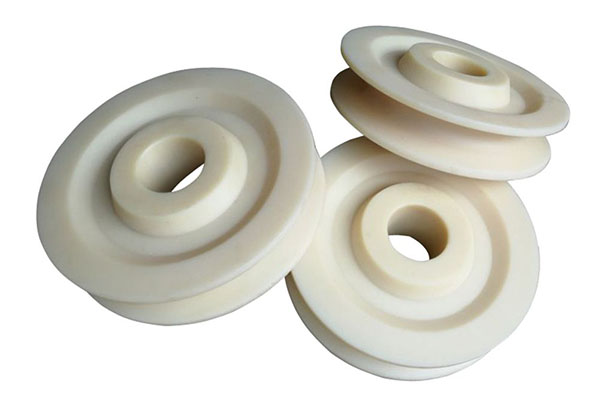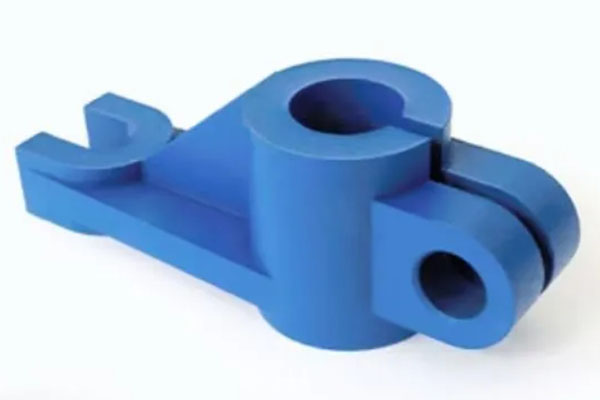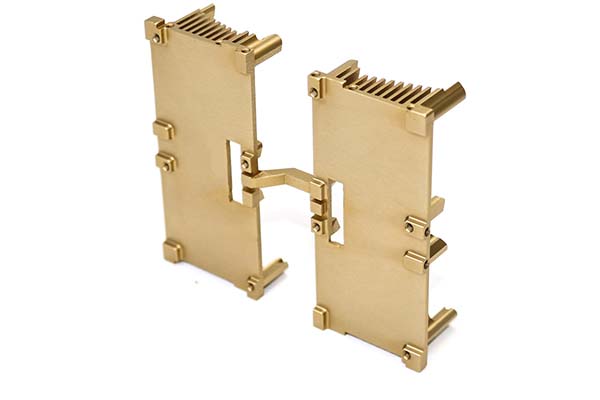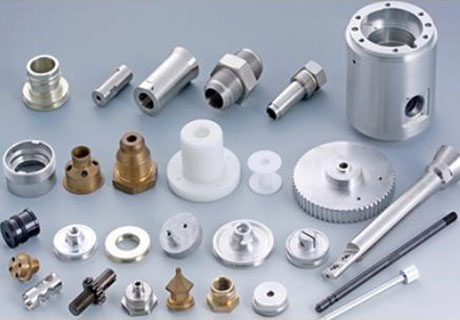Yigu: In the world of manufacturing, professional CNC (Computer Numerical Control) has become a cornerstone, but it’s not without challenges. Many manufacturers struggle to select the right CNC machine for their specific needs, wasting time and money on equipment that doesn’t align with their processes. Programming errors and inefficient toolpaths often lead to poor precision and increased material waste. Understanding how to leverage CNC technology across different industries and applications can also be a daunting task. This guide will address these pain points and provide a comprehensive overview of professional CNC, from machine technology to software and applications.
CNC Machine Technology: The Backbone of Precision Manufacturing
Types of CNC Machines
CNC lathe is designed for turning operations, creating cylindrical parts with high accuracy. A typical CNC lathe can achieve tolerances of ±0.001 mm, making it ideal for producing shafts, bolts, and bushings. For example, a 12 - inch CNC lathe can turn aluminum rods into precision - threaded bolts with consistent thread profiles.
CNC milling machine is versatile, capable of performing milling, drilling, and tapping operations. It uses a rotating cutter to remove material from a stationary workpiece, with 3 - axis models suitable for simple parts and 5 - axis models handling complex 3D shapes. A 5 - axis CNC milling machine can produce aerospace components with curved surfaces, reducing the need for multiple setups by 40 - 60%.
CNC router is commonly used for woodworking, plastic machining, and sign making. It can cut intricate patterns with a surface finish of Ra 1.6 - 6.3 μm, depending on the material. CNC plasma cutter and CNC laser cutter are used for cutting sheet metal, with plasma cutters handling thicker materials (up to 50 mm) and laser cutters offering higher precision (kerf width as small as 0.1 mm) for thin sheets.
Key Machine Components
The spindle is the heart of a CNC machine, responsible for rotating the cutting tool. Spindle speeds range from 3,000 RPM for heavy - duty milling to 60,000 RPM for high - speed machining, with variable speed controls allowing optimization for different materials. A 15,000 RPM spindle in a CNC milling machine can reduce machining time for aluminum parts by 30 - 50% compared to a 5,000 RPM spindle.
Tool holder securely holds the cutting tool, ensuring precise alignment. Collet chucks and end mill holders are common types, with runout (misalignment) kept below 0.01 mm to maintain accuracy. The worktable supports the workpiece, with T - slots for clamping fixtures. Some worktables are equipped with rotary axes (A and B axes) for 4 - or 5 - axis machining.
Axes (X, Y, Z) determine the machine’s movement range. A typical CNC milling machine has X - axis travel of 500 - 1,000 mm, Y - axis of 300 - 600 mm, and Z - axis of 300 - 500 mm, suitable for most medium - sized parts. Servo motors drive the axes, providing precise positioning with resolutions as fine as 0.0001 mm, ensuring smooth and accurate movement.
CNC Machining Processes: From Design to Finished Part
Core Machining Operations
Milling is a fundamental process, removing material to create flat surfaces, slots, and pockets. Face milling uses a face mill to create flat surfaces, achieving a surface roughness of Ra 0.8 - 3.2 μm on steel. End milling uses an end mill to cut contours, with climb milling reducing tool wear by 20 - 30% compared to conventional milling for aluminum.
Turning on a CNC lathe produces cylindrical parts, with operations like facing, turning, and threading. A CNC lathe can turn a 100 mm diameter steel rod into a stepped shaft with diameter tolerances of ±0.005 mm. Drilling and cutting are often combined with milling and turning, with CNC machines able to drill holes with positional accuracy of ±0.02 mm.
Engraving and grinding are specialized processes. CNC engraving machines can create detailed patterns on metal, wood, or plastic, with a resolution of 0.01 mm per step. Grinding on CNC grinders achieves surface finishes as smooth as Ra 0.025 μm, essential for bearing surfaces and precision molds.
Precision and Efficiency Metrics
Precision machining focuses on tight tolerances, with some CNC machines capable of holding tolerances as low as ±0.0005 mm for critical components like aerospace sensors. Tolerance requirements vary by industry; medical devices often require ±0.001 mm, while automotive parts may accept ±0.01 mm.
Surface finish is measured by Ra value, with lower values indicating smoother surfaces. A Ra value of 0.8 μm is typical for automotive engine components, while 0.05 μm is needed for hydraulic cylinder bores. Material removal rate (MRR) is a key efficiency metric, calculated as the volume of material removed per minute. A CNC milling machine cutting steel at 100 m/min with a 5 mm depth of cut can achieve an MRR of 500 cm³/min.
CNC Applications: Transforming Industries
Industrial Applications
The automotive industry relies heavily on CNC machining for producing engine blocks, transmission parts, and suspension components. A CNC production line can manufacture 500 engine blocks per day, each with consistent dimensional accuracy. Aerospace engineering uses CNC machines to produce lightweight titanium components, with 5 - axis milling reducing the weight of aircraft parts by 10 - 15% compared to traditional methods.
Electronics manufacturing benefits from CNC’s precision for creating circuit board enclosures and connectors. CNC routers cut aluminum heat sinks with intricate fins, improving heat dissipation by 20 - 30%. Medical device production uses CNC machining to create surgical instruments and implant components, ensuring biocompatibility and precise fits.
Specialized Applications
Jewelry making uses small CNC milling machines to carve intricate designs in gold and silver, with 0.1 mm tooling creating detailed patterns that would be impossible by hand. Woodworking with CNC routers produces custom furniture parts with perfect joints, reducing assembly time by 30 - 40%.
Metal fabrication shops use CNC plasma and laser cutters to shape sheet metal into structural components, with CNC bending machines forming precise angles. Prototyping is accelerated by CNC, allowing designers to create functional prototypes in hours instead of days, reducing product development time by 50 - 70%.
Custom parts and mass production both benefit from CNC. Custom parts, such as specialized machine brackets, can be produced quickly with CNC, while mass - produced items like smartphone cases are manufactured with consistent quality across thousands of units.
CNC Software and Programming: The Brain Behind the Machine
Design and Manufacturing Software
CAD (Computer - Aided Design) software like AutoCAD and SolidWorks is used to create 3D models of parts. These models are then imported into CAM (Computer - Aided Manufacturing) software (e.g., Mastercam, Fusion 360) to generate toolpaths. CAM software can simulate the machining process, detecting collisions between the tool and the workpiece and reducing programming errors by 70 - 80%.
Simulation software is crucial for complex parts, allowing operators to visualize the machining process before running it on the machine. This saves material and time, as a single simulation can catch errors that would otherwise ruin a $500 workpiece.
Programming Languages and Controls
G - code is the standard programming language for CNC machines, with commands specifying tool movements, spindle speeds, and feed rates. For example, G01 X100 Y50 F200 tells the machine to move to coordinates X100, Y50 at a feed rate of 200 mm/min. M - code controls auxiliary functions like spindle on/off (M03/M05) and coolant on/off (M08/M09).
Toolpath generation in CAM software optimizes the cutting path to minimize cycle time and tool wear. A well - optimized toolpath can reduce machining time by 20 - 30% compared to a basic path. Post - processor software converts CAM toolpaths into machine - specific G - code, ensuring compatibility with different CNC control systems.
CNC control systems (e.g., Fanuc, Siemens) interpret the G - code and control the machine’s axes and spindle. Modern controls have user - friendly interfaces with touchscreens, making it easier for operators to monitor and adjust parameters. The machine interface allows for manual overrides, enabling operators to adjust feed rates or spindle speeds during machining if needed.
Yigu Technology, as a plastic metal parts custom manufacturing Supplier, harnesses the power of professional CNC to deliver high - quality parts. We use advanced CNC milling and turning machines, paired with top - tier CAD/CAM software, to ensure precision and efficiency. Our expertise in CNC applications across automotive and electronics industries allows us to meet custom requirements with tight tolerances, providing reliable solutions for our clients.
FAQ
- What’s the difference between 3 - axis and 5 - axis CNC machines?
- 3 - axis CNC machines move along X, Y, and Z axes, suitable for simple parts with flat surfaces. 5 - axis machines add two rotational axes (A and B or C), allowing the tool to approach the workpiece from any angle. They reduce setup time by 40 - 60% for complex parts and improve surface finish by eliminating multiple setups.
- How long does it take to program a CNC machine for a custom part?
- It depends on part complexity. A simple bracket can be programmed in 30 - 60 minutes using CAM software. Complex aerospace parts with 3D contours may take 4 - 8 hours, including simulation and optimization. Using templates for similar parts can reduce programming time by 30 - 50%.
- Which CNC machine is best for cutting thin sheet metal?
- A CNC laser cutter is ideal for thin sheet metal (up to 10 mm thick) due to its high precision (kerf width 0.1 - 0.3 mm) and clean cuts. It produces minimal heat - affected zones, reducing material distortion. For thicker sheets (10 - 50 mm), a CNC plasma cutter is more cost - effective, though with slightly lower precision.
